Configure Now
Articulos en tu carro de compras0
0Articulos en tu carro de compras
Comienza a creando su paqueteCompra Ahora
Desde la década de 1950, los drones submarinos se han desarrollado y utilizado. La Marina de los Estados Unidos abrió el camino para el desarrollo drones submarinos impulsando prototipos y la tecnología. Fue en la década de 1960 que la Armada comenzó a usar cámaras submarinas y drones para recuperar equipo perdido y explorar naufragios.
Fue incluso un dron submarino el que descubrió los restos del naufragio del Titanic en 1985. Al igual que con otras tecnologias. los drones submarinos han experimentado un boom en las últimas 2 décadas. Se han visto un montón de mejoras, aumento de la capacidad y alcance. Como resultado los drones submarinos modernos son mucho más avanzado que cualquier cosa que se haya visto ante y la innovación en la industria se sigue manteniendo.
"Los Drones submarinos fueron inventados por primera vez en la década de 1950. Su diseño les permitió llevar a cabo misiones para la Armada y universidades de investigación.
El dinero provenía del presupuesto de defensa. Al igual que muchas tecnologías que emergen de la Guerra Fría, los drones submarinos cayeron bajo el control del ejercito.
En la década de 1960, la tecnología continuó avanzando. Esto permitió que un dron submarion incluso recuperara una bomba nuclear perdida. La recuperación se produjo frente a las costas de España y se mantuvo en secreto durante muchos años.
A través de la década de 1970, las industrias comerciales comenzaron a adoptar y utilizar esta tecnologia con mayor medida.Un drone submarino, incluso salvo la tripulación de un submarino averiado durante la década de 1970. La demanda de los drones submarions crecio crecio exponencialmente debido a su eficacia y capacidad de hacer realizar que ningun humano podria realizar.
La década más famoso que que posicionaria la llegada de los drones acuatios fue le de 1980.
El hallazgo del Titanic por Robert Ballard requirio un nuevo tipo de ROV. Ellos desarrollaron esta máquina con la ayuda de la Armada. La última versión permitio el descubrimiento de los famosos restos del Titanic y el Bismarck.
En la década de 1990, los drones acuaticos comenzaron a hacer un trabajo más amplio y participar en diferentes industrias.
Los Drones submarinos más nuevos ahora vienen equipados con sistemas para desactivar minas y hacer otras tareas de alto peligro que antes dependían de los buceadores humanos. También se mejoraron los métodos de despliegue y la duración de la batería. Estas mejoras llevaron a una gama aún más extensa de industrias a que utilizaran los drones submarinos.
La década del 2000 vio un gran impulso en drones submarinos. La razón detrás de esto fue la mejora de la tecnología en las baterías de iones de litio.
Como este método de almacenamiento de energía fue mejorado, también lo hizo la construcción de los drones acuaticos. En las últimas décadas, un avión no tripulado requeriría una enorme grua y un barco de investigación completo para implementar. En la década de 2000, se hizo posible desplegarlos en barcos mucho más pequeños y los drones rov comenzaron a volverse cada vez más portatiles.
Desde entonces, el uso de drones submarions ha seguido creciendo, hoy en día los drones acuticos se utilizan en multiples industrias y misiones militares en todo el mundo.
Los drones submarinos modernos son como submarinos miniatura sin tripulación. Estos drones no tripulados submarinos tienen dificultades para mandar señales de radio a la superficie. Pueden ser autónomos, utilizando sus sensores a bordo siguiendo su propio rastro mediante sistemas de navegación. Otro método es utilizando un cable de sujeción que permite una conexión directa entre un controlador y el dron submarino
Funciona un submarino con aviones no tripulados mediante el control de su flotabilidad para que no se hunda. Como todos los vehículos submarinos, tienen profundidades de deformación y pueden ser diseñados para diferentes condiciones de operación. Los motores que utilizan el agua de empuje y permiten que el avión no tripulado para moverse, ya sea por mandato o por su cuenta.
La mayor parte bajo el agua zánganos utilizar una línea que los conecta con la sala de control donde son operados. Dentro de esta sala de control, los operadores pueden gestionar la inclinación, elevación y orientación del vehículo en tiempo real. Cámaras actúan como los ojos, lo que permite a los operadores para guiar el avión no tripulado a su objetivo.

| Width: | 325 mm (12.8”) |
| Height: | 258 mm (10.2”) |
| Length: | 279 mm (11.0”) |
| Weight (in air): | 8.5 kg (18.7 lb) |
| Body Material: | Die Cast Aluminum |
| Window Material: | Acrylic |
| Depth Rating: | 200 m (656 ft) |
| Operating Temp: | -10°C to 50°C (14°F – 122°F) |
| Case (option): | Custom Pelican Air 1637 Handle and Wheels |
| Warranty: | 1 Year – Parts and Labor (optional 2-3) |
Underwater ROVs trace their origins back to the mid-20th century when they were primarily developed for military and industrial purposes. The U.S. Navy pioneered early designs in the 1950s, creating vehicles capable of retrieving lost equipment and performing inspections in deep-sea environments.
The finding of the Titanic by Robert Ballard required a new type of ROV. They developed this machine with help from the Navy. The latest version enabled the discovery of the famous wrecks of the Titanic and Bismarck.
By the 1980s, advancements in materials, electronics, and imaging technology expanded their use to commercial applications. The oil and gas industry adopted ROVs for deepwater drilling support, revolutionizing subsea infrastructure management.
In recent decades, compact and portable underwater ROVs, such as Deep Trekker's models, have brought these capabilities to a wider range of users. From scientific research to aquaculture, modern ROVs are accessible, cost-effective, and highly versatile.
Early ROVs required tethered connections to large power systems, limiting mobility. Today, innovations in battery technology and portability have enabled tools like the DTG3 to operate seamlessly in remote locations, empowering smaller teams to accomplish complex underwater tasks.
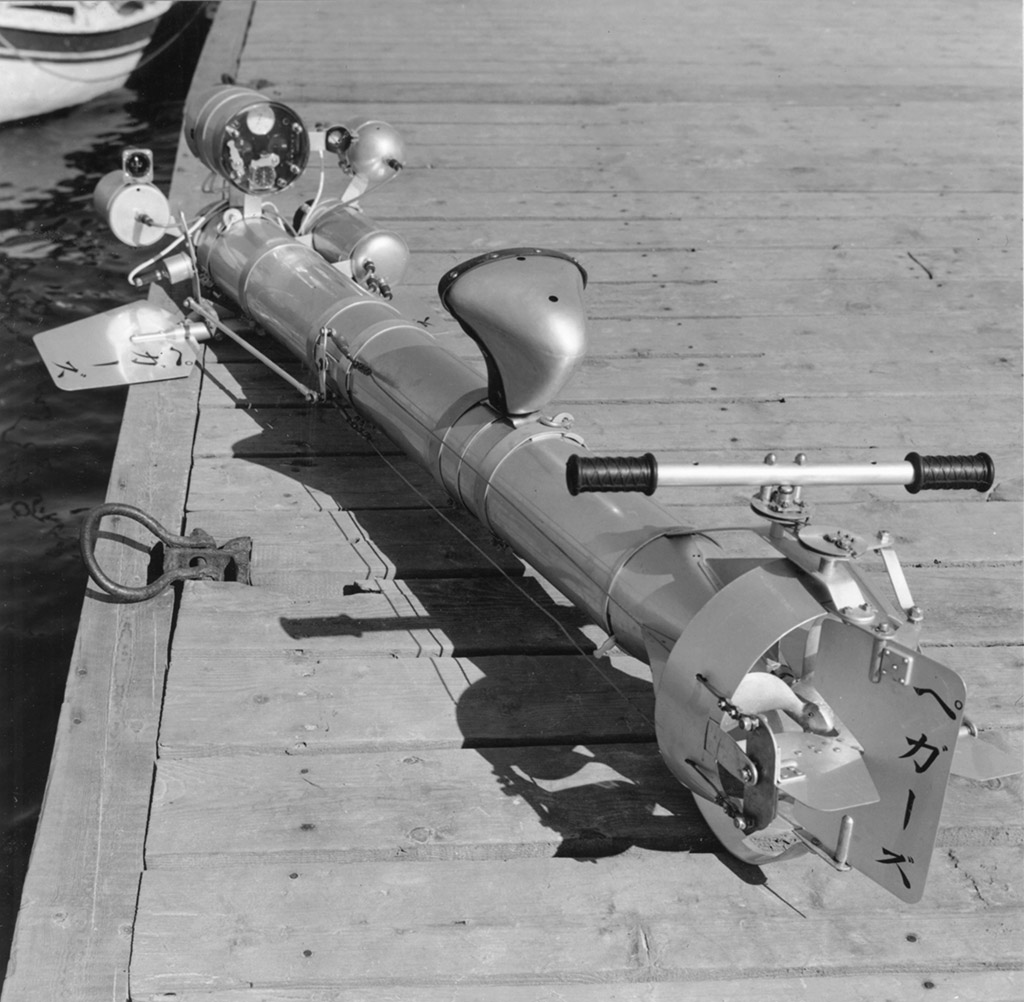
ROVs combine advanced technology with user-friendly controls. Cameras provide real-time video feeds, while sensors relay critical data like depth and water temperature. Pilots use joysticks or intuitive interfaces to maneuver the vehicle, enabling precise control in demanding conditions.
Imagine inspecting submerged pipelines or shipwrecks with a Deep Trekker DTG3, which features a patented spherical design for seamless navigation, even in tight spaces.
Underwater drones, or ROVs, provide several key benefits that make them invaluable for a wide range of applications. Their versatility, efficiency, and safety features allow users to accomplish complex tasks with precision and reliability.
Underwater ROVs eliminate the need for human divers in hazardous environments, such as strong currents, deep waters, or confined spaces. This reduces the risk of injury while ensuring thorough inspections and data collection. For example, a nuclear plant can utilize a Deep Trekker underwater ROV to inspect reactor cooling structures, avoiding the risks associated with human entry into radioactive areas.

By reducing the need for costly equipment, personnel, and downtime, ROVs lower operational expenses. They enable detailed inspections and maintenance without extensive setups, such as scaffolding or dewatering systems. For example, a hydropower facility can save thousands of dollars by using a Deep Trekker ROV for underwater dam inspections instead of draining the reservoir.
Modern underwater drones are portable and easy to deploy, allowing users to access hard-to-reach locations quickly. Their lightweight designs and advanced battery technology enable operations in remote areas without heavy logistical support.
Equipped with high-resolution cameras, sonar, and sensors, ROVs provide comprehensive data for analysis. This ensures accurate reporting, aiding decision-making processes across various industries. For example, an environmental organization can use an underwater ROV with 4K imaging to monitor coral reef health, collecting data critical for conservation efforts.
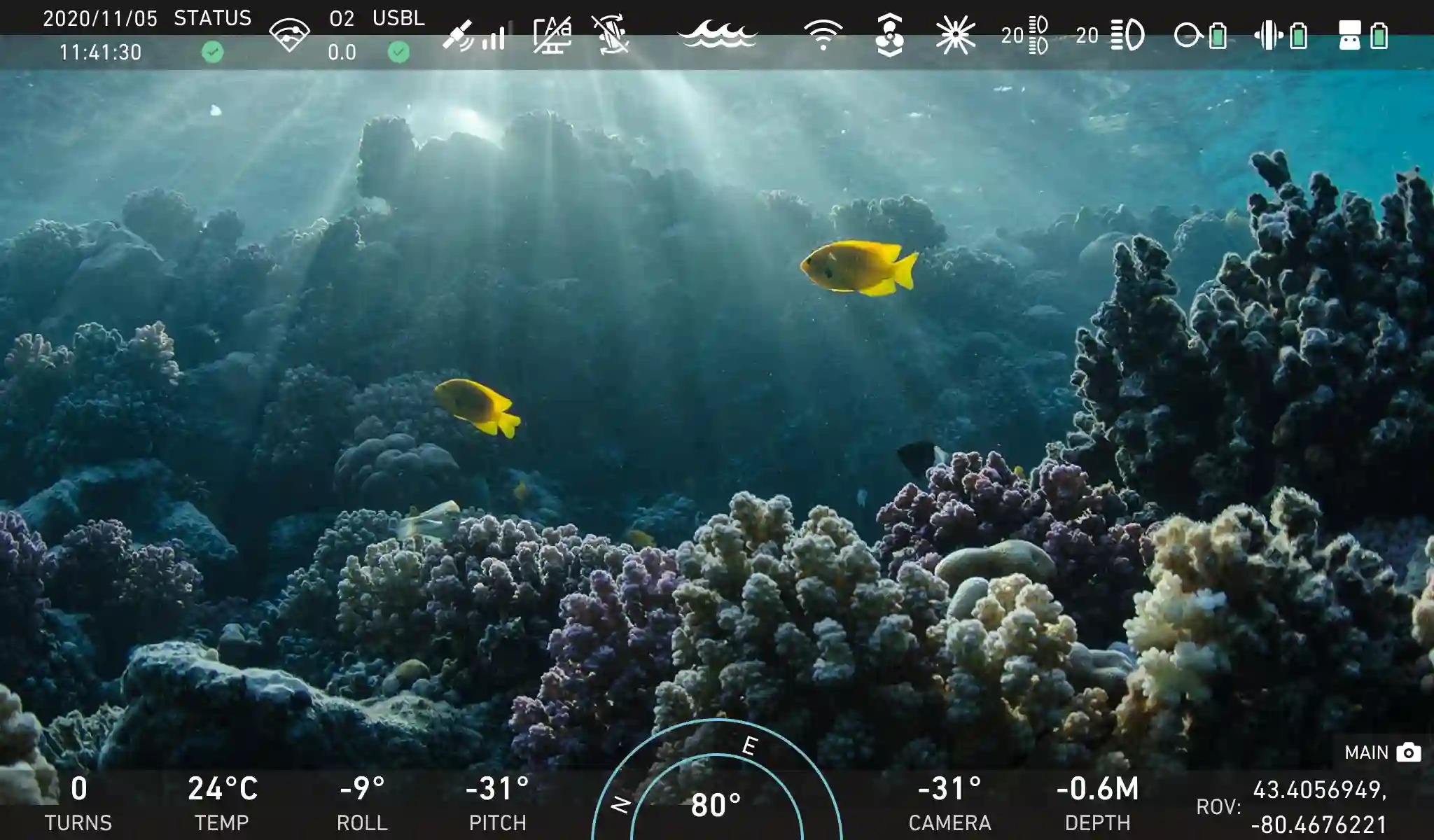
From aquaculture and marine research to infrastructure inspections, ROVs excel in diverse environments. Their modular designs allow for customization, ensuring that each vehicle can be tailored to specific needs. For example, an oil and gas company can equip a Deep Trekker REVOLUTION ROV with sonar to locate and assess subsea pipelines effectively.
Ultimately, underwater ROVs offer significant advantages by improving safety, lowering costs, and delivering accurate results, making them essential tools for professionals and enthusiasts alike.
Building a reliable and robust underwater ROV requires innovative engineering and durable materials. Deep Trekker’s designs prioritize longevity, performance, and ease of use, ensuring reliable operation in demanding underwater environments.
Underwater ROVs, initially pioneered by the Navy, have become indispensable across various commercial industries and professionals, providing innovative solutions to complex challenges in aquatic environments.

Oil and gas companies use them for site exploration and pipeline monitoring, while oceanic research organizations deploy them for seafloor analysis. Aquaculture operations benefit from drones for net inspections, feeding, stock monitoring, and environmental protection, offering cost-effective and efficient solutions. Commercial diving and infrastructure inspections leverage drones to enhance safety by reducing diver exposure in confined spaces. As technology advances, these versatile tools are increasingly accessible, driving their adoption in diverse ocean-based industries. Deep Trekker ROVs cater to both hobbyists and professionals with tailored solutions.
Underwater ROVs complement or replace traditional diving operations by offering safer, more efficient methods for inspections and maintenance. Infrastructure assessments, such as bridge pilings or water tanks, are frequently conducted using these tools.

Marine scientists and educational institutions leverage underwater drones to study ecosystems, monitor climate change impacts, and collect data in otherwise inaccessible areas. A research team can use a Deep Trekker underwater ROV to survey submerged archaeological sites, gathering detailed imagery without disturbing artifacts.

Fish farm managers utilize ROVs to inspect net pens, monitor fish health, and ensure compliance with environmental regulations. These tools minimize the need for manual dives, improving safety and efficiency. An aquaculture company can expect a 40% reduction in inspection costs after adopting Deep Trekker ROVs for routine monitoring.

Hydroelectric, wind, and nuclear facilities rely on ROVs to inspect submerged assets, such as pipelines and reactor cooling systems, ensuring regulatory compliance and operational safety. Deep Trekker ROVs can perform detailed inspections of submerged intake structures at a nuclear power plant, for example, reducing downtime and costs compared to traditional methods.
![]()
Police and rescue teams deploy underwater drones to search for evidence, locate missing persons, and recover submerged objects.For example, a police department can use a Deep Trekker underwater ROV to locate a vehicle in a murky river, expediting recovery efforts without risking personnel safety.

Underwater drones continue to expand their reach, empowering professionals across disciplines to achieve their goals with precision and reliability.
Professionals across industries benefit from the precision, reliability, and cost-effectiveness that ROVs bring to their operations. These tools have become indispensable for tasks requiring underwater access and robust performance.
The heart of any underwater ROV is its imaging and sensory systems, which enable precise navigation, detailed inspections, and effective data collection underwater. Ultra-high-definition 4K cameras capture sharp visuals, complemented by powerful LED lighting to ensure clarity in low-visibility environments. These features are essential for applications like pipeline inspections, aquaculture monitoring, and marine research.

To enhance functionality, ROVs can also be equipped with advanced sensors. Sonar systems provide critical data for mapping and object detection in murky waters, while USBL systems enable precise real-time positioning. IMUs stabilize the underwater ROV by measuring orientation and movement, and DVLs offer reliable velocity tracking relative to the seafloor or water column. Depth sensors further ensure operational safety by monitoring the ROV’s position underwater.
Together, these technologies empower operators with the tools needed for complex underwater missions.
Battery-powered ROVs provide unparalleled portability and runtime. The propulsion system determines speed, stability, and the ability to navigate currents. Deep Trekker’s ROVs feature lithium iron phosphate (LiFePO4) batteries for long-lasting performance and safety, making them ideal for inspections without tethering to optional topside power sources. These systems are also powered by six vectored thrusters, offering unmatched control, maneuverability, and station holding, even in strong currents or confined spaces.

Control systems are vital for adapting to different environments. Deep Trekker ROVs offer highly flexible control options, ensuring adaptability across diverse environments and applications. Operators can integrate custom configurations via the BRIDGE Box and choose between handheld controllers, intuitive tablet interfaces, control centers, and more. This versatile platform enables remote operation and advanced control, making it ideal for challenging scenarios such as offshore inspections, confined spaces, or hazardous areas.
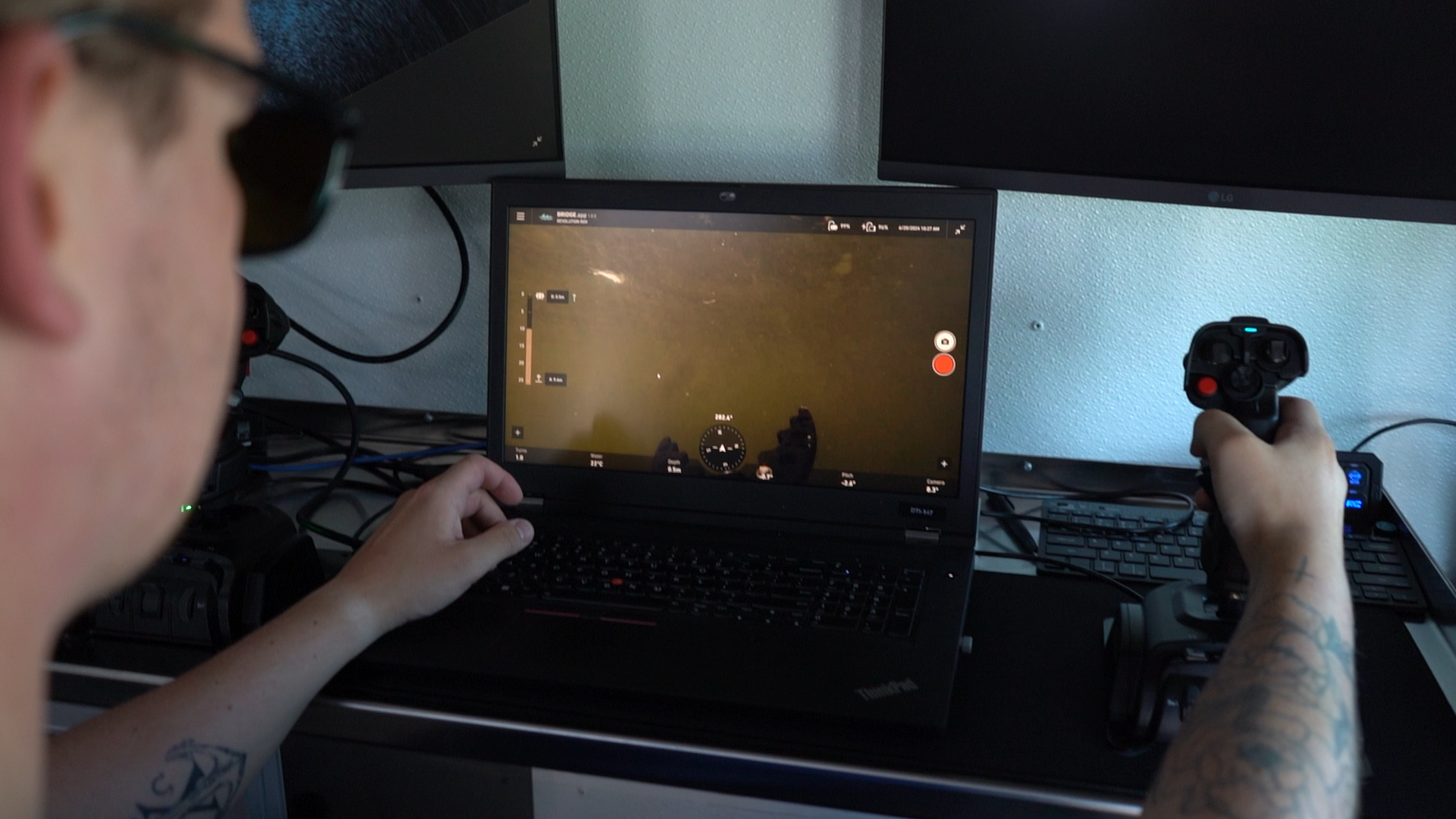
Positioning systems are integral to effective underwater navigation. Deep Trekker ROVs utilize tools like dead reckoning, USBL (Ultra-Short Baseline), and ROV GPS to deliver precise location tracking, even in dynamic conditions. The Mission Planner feature further enhances autonomy, allowing operators to pre-program navigation routes for surveys or inspections. For example, a shipyard can deploy a GPS-enabled ROV to efficiently map submerged infrastructure, reducing operational time and eliminating the risks associated with manual diving.
These sophisticated control systems provide unmatched accuracy, efficiency, and ease of use, allowing professionals to undertake complex underwater missions with highly improved data acquisition.
Underwater ROVs inspect dams, pipelines, and seawalls without costly dewatering, capturing critical details to assist engineers in maintenance planning. Their versatility reduces downtime and improves safety.
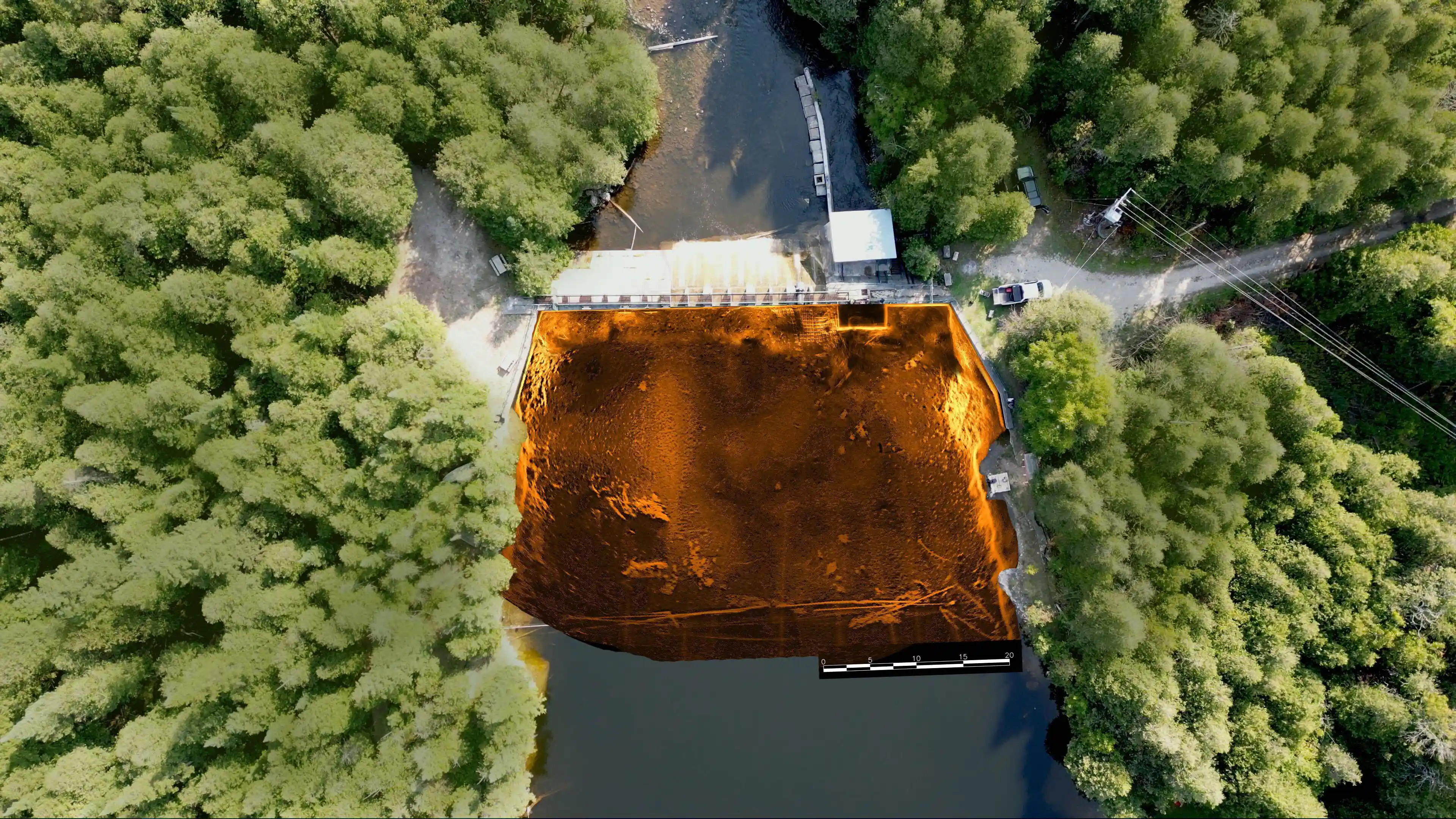
Researchers deploy ROVs to study marine biodiversity, assess ecosystems, and monitor ocean health. Their non-invasive presence minimizes environmental disruption. For example, Laval University researchers used a Deep Trekker underwater ROV to map coral reefs, uncovering new insights into habitat conditions.
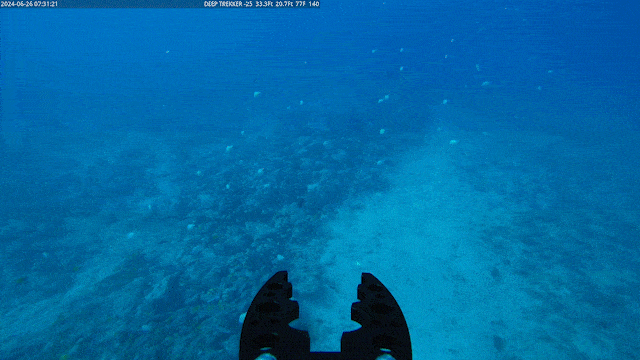
ROVs simplify net inspections, monitor fish health and water conditions, and identify structural issues in fish pens, notably enhancing operational efficiency. A fish farm can reduce maintenance costs by 30% or more after integrating Deep Trekker ROVs for regular inspections.
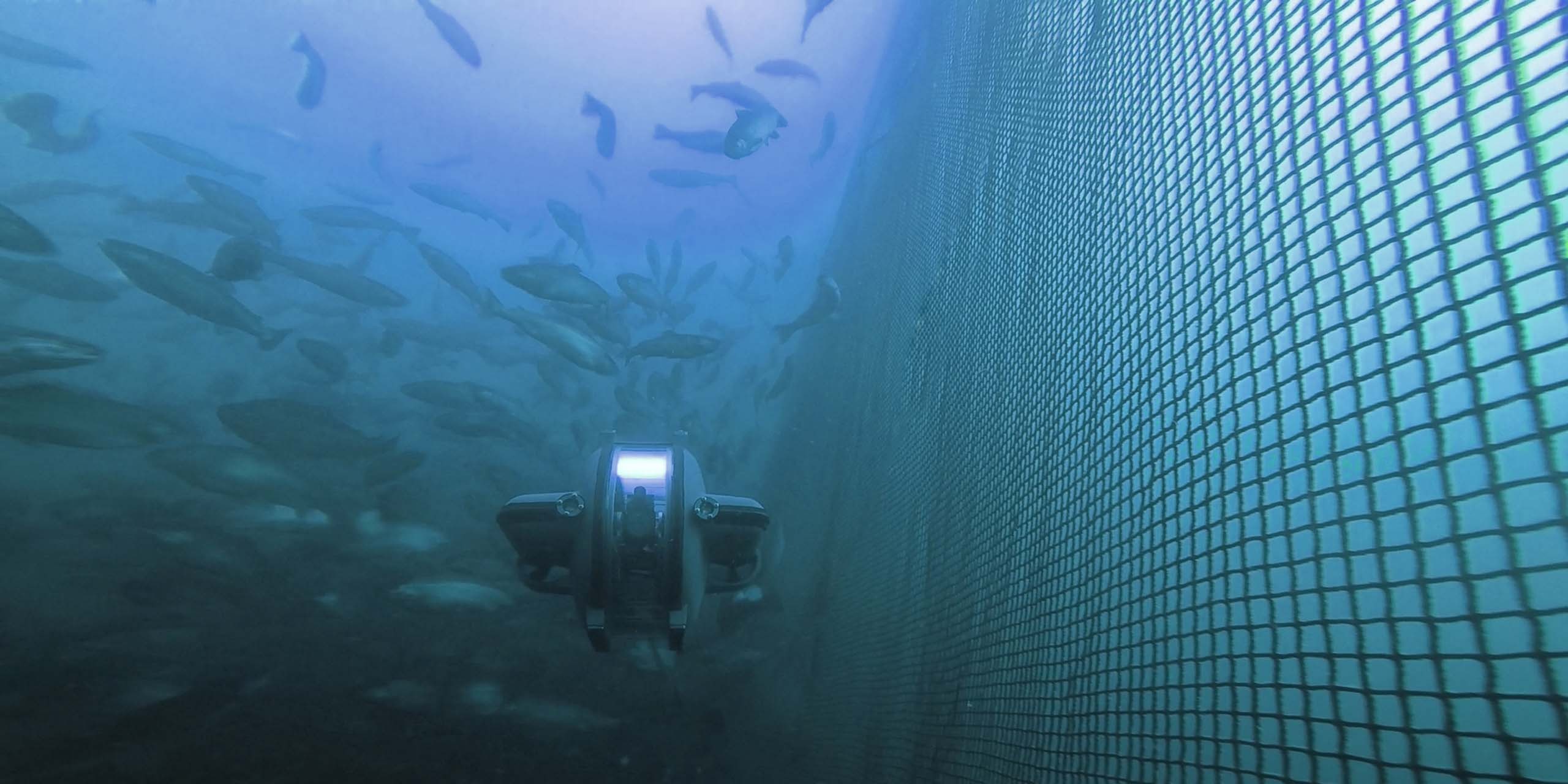
Deep Trekker ROVs are designed with a range of innovative features to meet the demands of diverse underwater tasks. These capabilities set our systems apart, ensuring reliability, precision, and efficiency in challenging aquatic environments.
Our ROVs are compact and battery-powered, allowing for quick deployment and operation in remote or confined locations without requiring bulky surface support equipment.
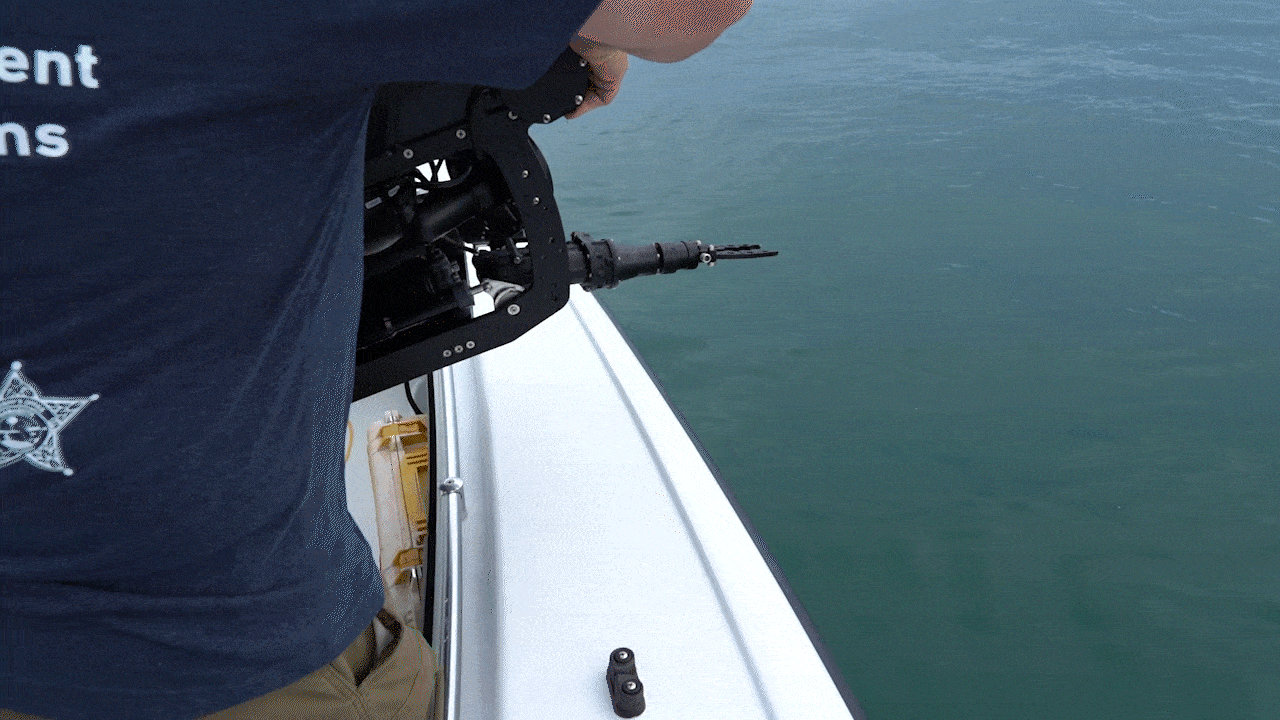
Deep Trekker ROVs feature modular designs, enabling users to equip their systems with specialized tools for specific applications. One notable add-on is the sonar system, which offers clear imaging in low-visibility conditions, such as murky waters or dark environments.
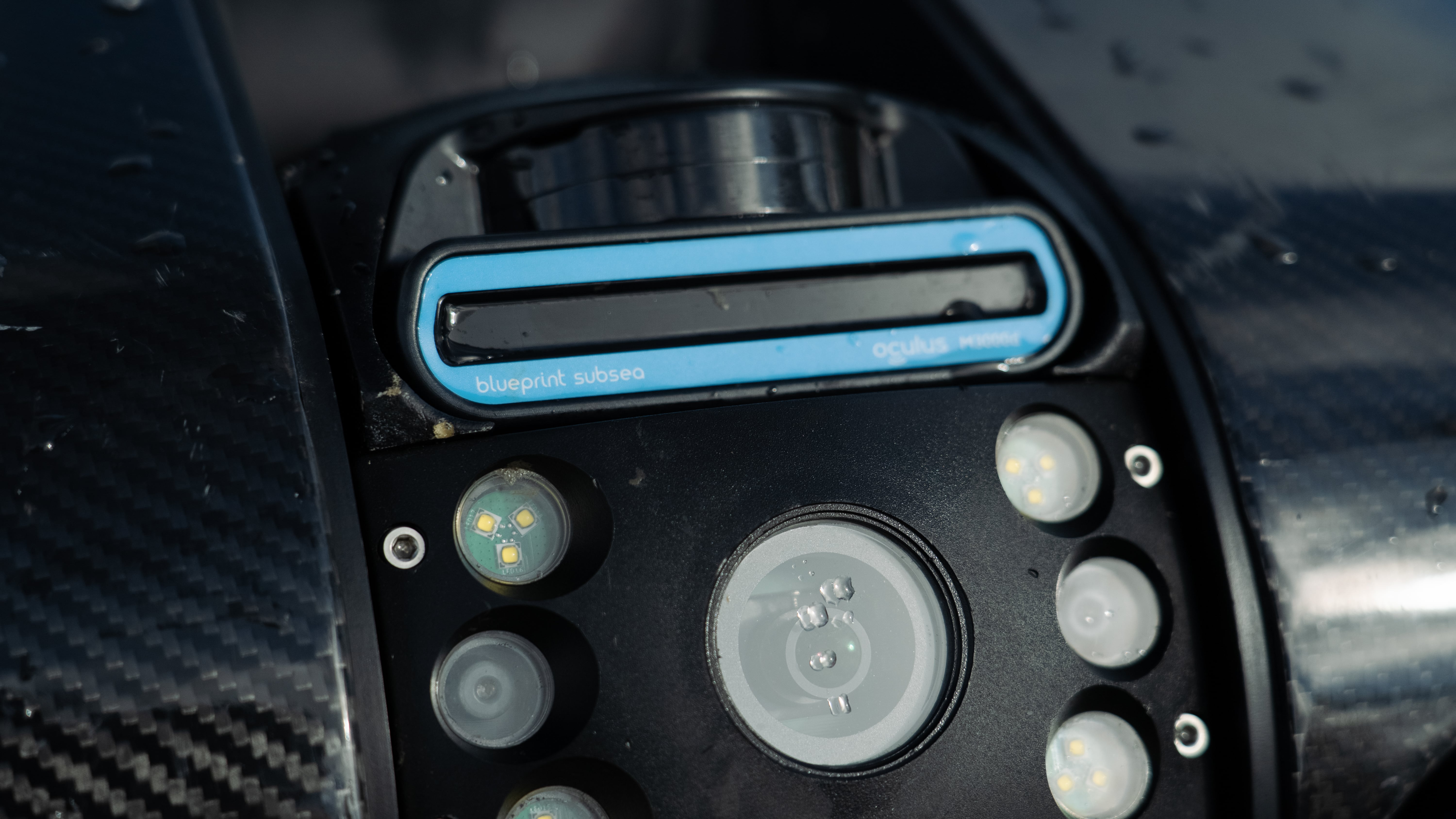
Benefits of Sonar Add-On:
July 30th, 2021
Conoce todo sobre los pilotos de vehículos operados remotamente (ROVs): cómo...
November 5th, 2024
Learn more about what sonar is and its many uses. Read...
December 23rd, 2021
ROVs and sonar can be used to inspect underwater structures such...